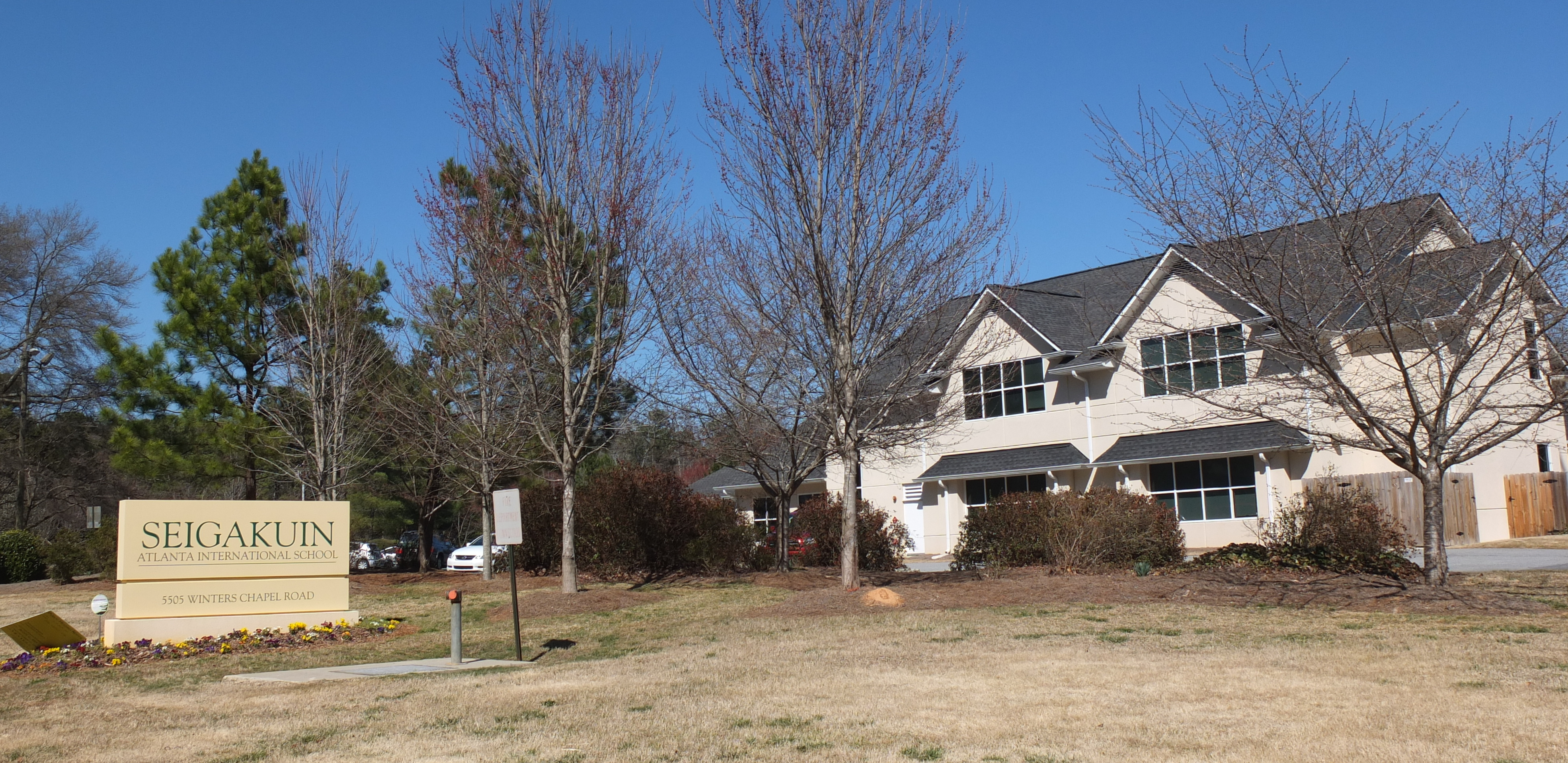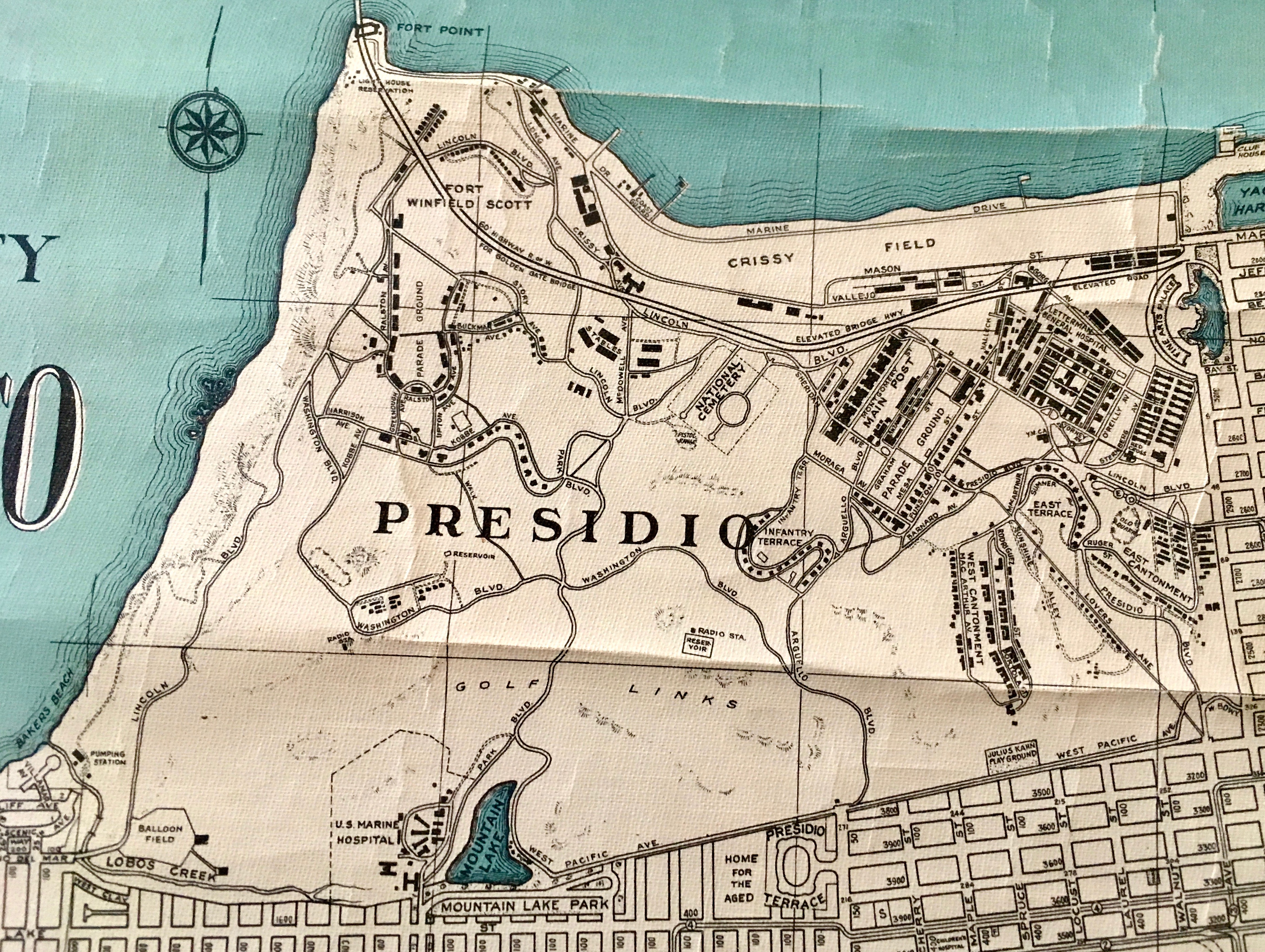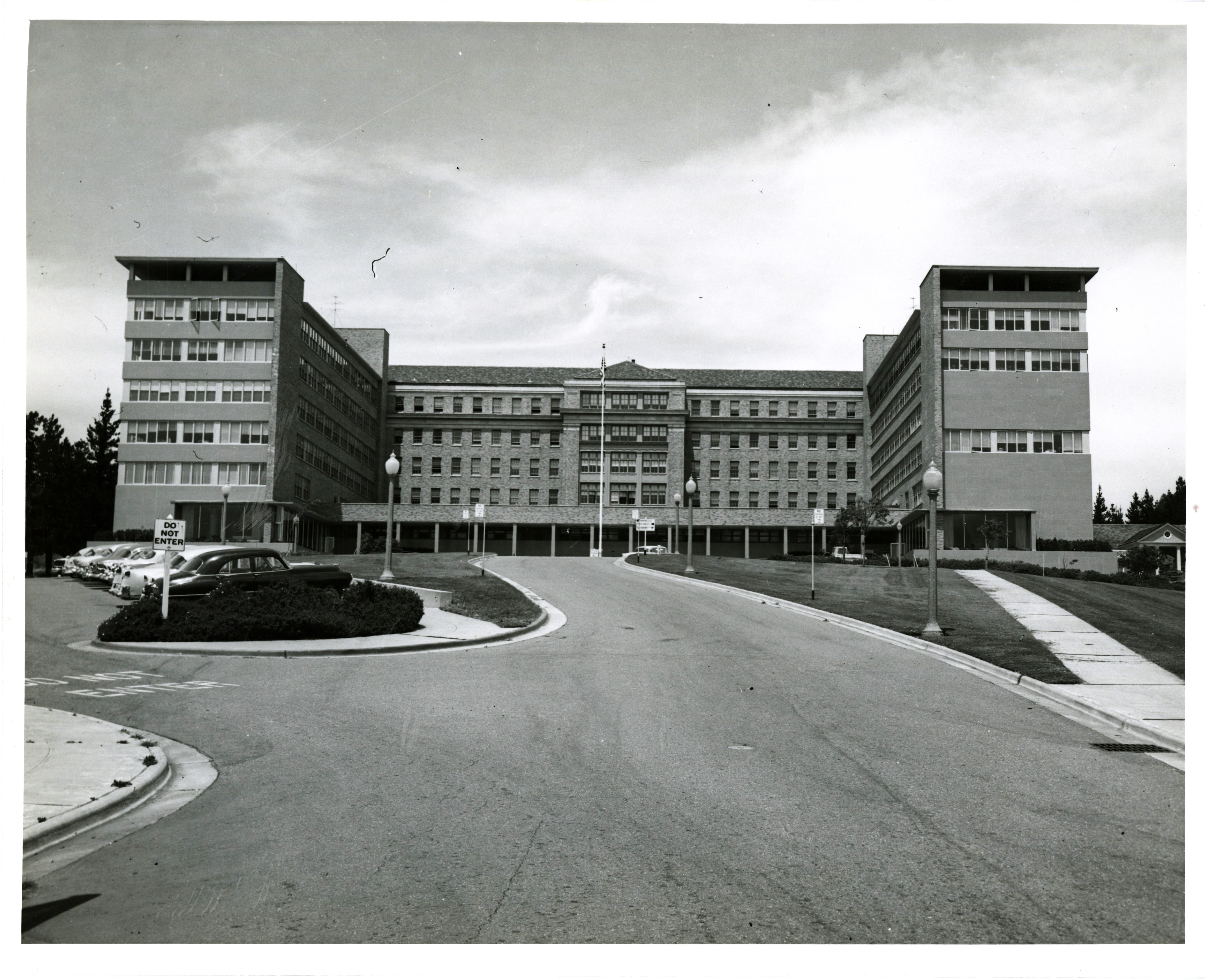|
Japanese Language Education In The United States
Japanese language education in the United States began in the late 19th century, aimed mainly at Japanese American children and conducted by parents and community institutions. Over the course of the next century, it would slowly expand to include non-Japanese as well as native speakers (mainly children of Japanese expatriates being educated in international schools). A 2012 survey of foreign-language learners by the Japan Foundation found 4,270 teachers teaching the Japanese language to 155,939 students at 1,449 different institutions, an increase of 10.4% in the number of students since the 2009 survey. The quality and focus of dialogues in Japanese textbooks meant for English-speakers has changed since the 1970s. As of 2021, according to the Japan Foundation, 161,402 people were learning Japanese in United States. History Origins The earliest Japanese language instruction in the United States was aimed at heritage speakers. Japanese immigration to Hawaii began in 1868, and ... [...More Info...] [...Related Items...] OR: [Wikipedia] [Google] [Baidu] |
Japanese American
are Americans of Japanese ancestry. Japanese Americans were among the three largest Asian Americans, Asian American ethnic communities during the 20th century; but, according to the 2000 United States census, 2000 census, they have declined in ranking to constitute the sixth largest Asian American group at around 1,469,637, including those of partial ancestry. According to the 2010 United States census, 2010 census, the largest Japanese American communities were found in California with 272,528, Japanese in Hawaii, Hawaii with 185,502, New York with 37,780, Washington (state), Washington with 35,008, Illinois with 17,542 and Ohio with 16,995. Southern California has the largest Japanese American population in North America and the city of Gardena, California, Gardena holds the densest Japanese American population in the 48 contiguous states. History Immigration People from Empire of Japan, Japan began migrating to the US in significant numbers following the political, cultur ... [...More Info...] [...Related Items...] OR: [Wikipedia] [Google] [Baidu] |
Anti-Japanese Sentiment In The United States
Anti-Japanese sentiment in the United States has existed since the late 19th century, especially during the Yellow Peril, which had also extended to other Asian immigrants. Anti-Japanese sentiment against American citizens of Japanese descent in the United States would peak during World War II, when the Empire of Japan became involved in the Pacific War theater. After the war, the rise of Japan as a major economic power in the 1970s was seen as a widespread economic threat to the United States and also led to a renewal of anti-Japanese sentiment, known as Japan bashing. Origins In the United States, anti-Japanese sentiment had its beginnings well before World War II. Racial prejudice against Asian immigrants began building soon after Chinese workers started arriving in the country in the mid-19th century, and set the tone for the resistance Japanese would face in the decades to come. Although Chinese were heavily recruited in the mining and railroad industries initially, whit ... [...More Info...] [...Related Items...] OR: [Wikipedia] [Google] [Baidu] |
Presidio Of San Francisco
The Presidio of San Francisco (originally, El Presidio Real de San Francisco or The Royal Fortress of Saint Francis) is a park and former U.S. Army post on the northern tip of the San Francisco Peninsula in San Francisco, California, and is part of the Golden Gate National Recreation Area. It had been a fortified location since September 17, 1776, when New Spain established the presidio to gain a foothold in Alta California and the San Francisco Bay. It passed to Mexico in 1820, which in turn passed it to the United States in 1848. As part of a military reduction program under the Base Realignment and Closure (Base Realignment and Closure Commission, BRAC) process from 1988, Congress voted to end the Presidio's status as an active military installation of the U.S. Army. On October 1, 1994, it was transferred to the National Park Service, ending 219 years of military use and beginning its next phase of mixed commercial and public use. In 1996, the United States Congress created th ... [...More Info...] [...Related Items...] OR: [Wikipedia] [Google] [Baidu] |
Military Intelligence Service Language School
The Defense Language Institute (DLI) is a United States Department of Defense (DoD) educational and research institution consisting of two separate entities which provide linguistic and cultural instruction to the Department of Defense, other federal agencies and numerous customers around the world. The Defense Language Institute is responsible for the Defense Language Program, and the bulk of the Defense Language Institute's activities involve educating DoD members in assigned languages, and international personnel in English. Other functions include planning, curriculum development, and research in second-language acquisition. Overview The two primary entities of the Defense Language Institute are the Defense Language Institute Foreign Language Center (DLIFLC) and the Defense Language Institute English Language Center (DLIELC). DLIFLC is located at the Presidio of Monterey in Monterey, California, and DLIELC is located at Joint Base San Antonio - Lackland Air Force Base, Texas ... [...More Info...] [...Related Items...] OR: [Wikipedia] [Google] [Baidu] |
Attack On Pearl Harbor
The attack on Pearl HarborAlso known as the Battle of Pearl Harbor was a surprise military strike by the Empire of Japan on the United States Pacific Fleet at Naval Station Pearl Harbor, its naval base at Pearl Harbor on Oahu, Territory of Hawaii, Hawaii, on December 7, 1941. At the time, the U.S. was a Neutral powers during World War II, neutral country in World War II. The air raid on Pearl Harbor, which was launched from Aircraft carrier, aircraft carriers, resulted in the U.S. entering the war on the side of the Allies of World War II, Allies on the day following the attack. The Imperial General Headquarters, Japanese military leadership referred to the attack as the Hawaii Operation and Operation AI, and as Operation Z during its planning. The attack on Pearl Harbor was preceded by months of negotiations between the U.S. and Japan over the future of the Pacific Ocean, Pacific. Japanese demands included that the U.S. ABCD line, end its sanctions against Japan, cease aidi ... [...More Info...] [...Related Items...] OR: [Wikipedia] [Google] [Baidu] |
Military Intelligence Service
The Military Intelligence Service (, ''America Rikugun Jōhōbu'') was a World War II U.S. military unit consisting of two branches, the Japanese American unit (described here) and the German-Austrian unit based at Camp Ritchie, best known as the " Ritchie Boys". The unit described here was primarily composed of ''Nisei'' (second-generation Japanese Americans) who were trained as linguists. Graduates of the MIS language school (MISLS) were attached to other military units to provide translation, interpretation, and interrogation services. "President Harry Truman called the Japanese Americans in the Military Intelligence Service (M.I.S.) the 'human secret weapon for the U.S. Armed Forces' against the Japanese in the Pacific. Major General Charles Willoughby said, 'The ''Nisei'' shortened the Pacific War by two years and saved possibly a million American lives.'"''Shenkle, Kathryn (May 2006). "Patriots under Fire: Japanese Americans in World War II". Center of Military History, ... [...More Info...] [...Related Items...] OR: [Wikipedia] [Google] [Baidu] |
Mills College
Mills College at Northeastern University in Oakland, California is part of Northeastern University's global university system. Mills College was founded as the Young Ladies Seminary in 1852 in Benicia, California; it was relocated to Oakland in 1871 and became the second Timeline of women's colleges in the United States#First and oldest, women's college west of the Rocky Mountains, Rockies. In 2022, it merged with Northeastern University. History Mills College was initially founded as the Young Ladies Seminary, Benicia, Young Ladies Seminary in the city of Benicia, California, Benicia in 1852 under the leadership of Mary Atkins, a graduate of Oberlin College. In 1865, Susan Tolman Mills, a graduate of Mount Holyoke College (then Mount Holyoke Female Seminary), and her husband, Cyrus Mills, bought the Young Ladies Seminary renaming it Mills Seminary. In 1871, the school was moved to its current location in Oakland, California. The school was municipal corporation, incorporate ... [...More Info...] [...Related Items...] OR: [Wikipedia] [Google] [Baidu] |
Beate Sirota Gordon
Beate Sirota Gordon (; October 25, 1923 – December 30, 2012) was an Austrian and American performing arts presenter and women's rights advocate. Born in Vienna, Austria, she moved to the Empire of Japan in 1929 with her father, the pianist Leo Sirota. After graduating from the American School in Japan, she moved to Oakland, California, where she enrolled at Mills College. Being one of the few people not of Japanese descent who was fluent in Japanese, she obtained work Office of War Information in the Foreign Broadcast Information Service of the Federal Communications Commission. Sirota Gordon returned to Japan after the end of the war, assigned as translator to Douglas MacArthur, Supreme Commander for the Allied Powers. She later was recruited to be one of the writers of Japan's postwar constitution, where she played an integral role in its mandating of equality between the sexes. Following Sirota Gordon's return to the United States in 1948, she married and eventually ... [...More Info...] [...Related Items...] OR: [Wikipedia] [Google] [Baidu] |
Foreign Language
A foreign language is a language that is not an official language of, nor typically spoken in, a specific country. Native speakers from that country usually need to acquire it through conscious learning, such as through language lessons at school, self-teaching, or attending language courses. A foreign language might be learned as a second language; however, there is a distinction between the two terms. A second language refers to a language that plays a significant role in the region where the speaker lives, whether for communication, education, business, or governance. Consequently, a second language is not necessarily a foreign language. Children who learn more than one language from birth or at a very young age are considered bilingual or multilingual. These children can be said to have two, three, or more mother tongues, meaning these languages would not be considered foreign to them, even if one language is a foreign language for the majority of people in the child's birt ... [...More Info...] [...Related Items...] OR: [Wikipedia] [Google] [Baidu] |
Farrington V
Farrington may refer to: Geography Places in the United Kingdom * Farrington, Dorset, England, a settlement in Iwerne Courtney civil parish * Farrington Gurney, Somerset, England Places in the United States * Farrington, Illinois, in Clark County * Farrington, North Carolina * Farrington Township, Jefferson County, Illinois * Farrington, Washington Others * Farrington House, historic house in Concord, New Hampshire * Farrington House, Alderley, a heritage-listed house in Brisbane, Queensland, Australia * Farrington Highway, Oahu, Hawaii * Farrington Island, Antarctica * Farrington Lake, Middlesex County, New Jersey * Farrington Ridge, Antarctica * The Farrington, Anguilla * Farrington High School, Honolulu, Hawaii, named for Wallace Rider Farrington Other uses * Farrington (name), a given name and surname * Farrington Aircraft, defunct American manufacturer of autogyros * Farrington baronets, a title in the Baronetage of the United Kingdom * Farrington Fiel ... [...More Info...] [...Related Items...] OR: [Wikipedia] [Google] [Baidu] |
Yellow Peril
The Yellow Peril (also the Yellow Terror, the Yellow Menace, and the Yellow Specter) is a Racism, racist color terminology for race, color metaphor that depicts the peoples of East Asia, East and Southeast Asia as an existential danger to the Western world. The concept of the Yellow Peril derives from a "core imagery of apes, lesser men, primitives, children, madmen, and beings who possessed special powers", which developed during the 19th century as Western imperialist expansion adduced East Asians as the Yellow Peril. In the late 19th century, the Russian sociologist Jacques Novicow coined the term in the essay "Le Péril Jaune" ("The Yellow Peril", 1897), which Kaiser Wilhelm II (r. 1888–1918) used to encourage the European empires to invade, conquer, and colonize China. To that end, using the Yellow Peril ideology, the Kaiser portrayed the Japanese and the Asian victory against the Russians in the Russo-Japanese War (1904–1905) as an Asian racial threat to white Western ... [...More Info...] [...Related Items...] OR: [Wikipedia] [Google] [Baidu] |
Alien Land Laws
Alien land laws were a series of legislative attempts to discourage Asian and other "non-desirable" immigrants from settling permanently in U.S. states and territories by limiting their ability to own land and property. Because the Naturalization Act of 1870 had extended citizenship rights only to African Americans but not other ethnic groups, these laws relied on coded language excluding "aliens ineligible for citizenship" to prohibit primarily Chinese American, Chinese and Japanese American, Japanese immigrants from becoming landowners without explicitly naming any racial group.Lyon, Cherstin M"Alien land laws"''Densho Encyclopedia''. Retrieved 08 July 2014. Various alien land laws existed in over a dozen states. Like other discriminatory measures aimed at preventing minorities from establishing homes and businesses in certain areas, such as redlining and Covenant (law)#Exclusionary covenants, restrictive covenants, many alien land laws remained technically in effect, forgotten or ... [...More Info...] [...Related Items...] OR: [Wikipedia] [Google] [Baidu] |








